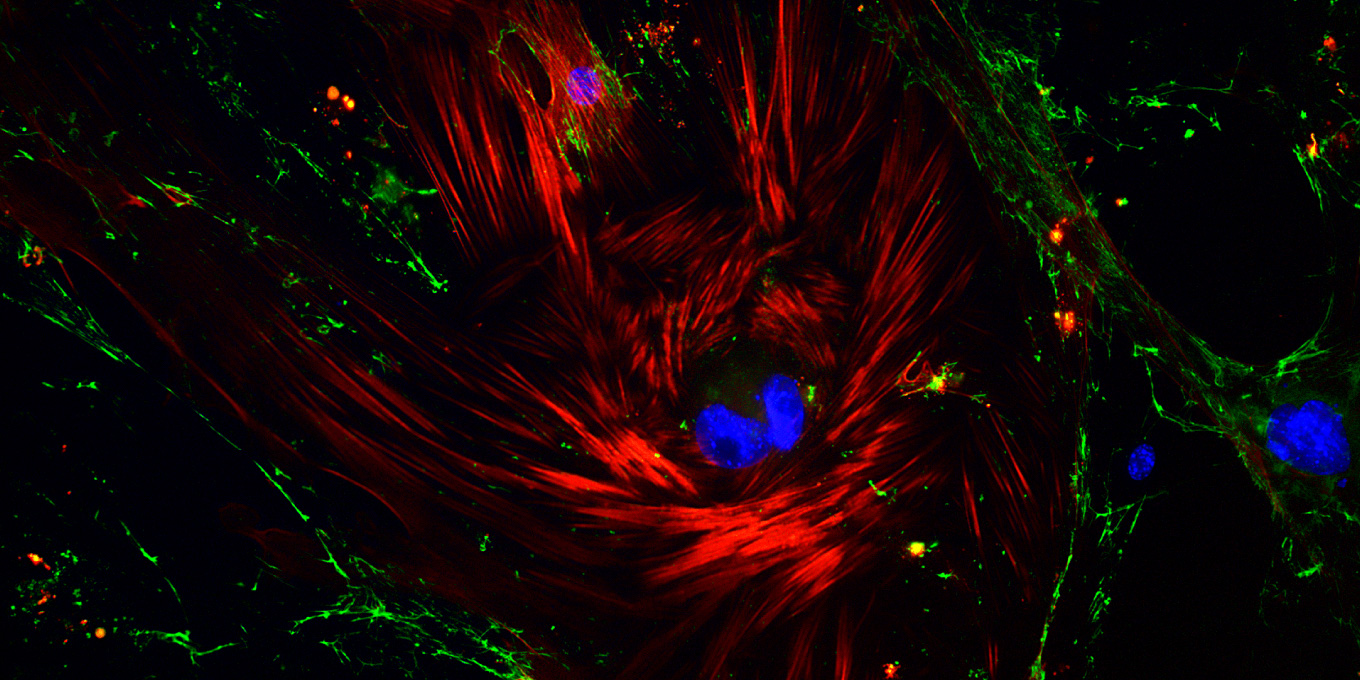Published on 05.11.2024
Five New Interdisciplinary Helmholtz Imaging Projects Funded

Each year, Helmholtz Imaging announces a call for interdisciplinary, cross-center research projects aimed at fostering cutting-edge collaborations and exploring innovative research topics in imaging and data science. This initiative brings together researchers to develop pioneering imaging solutions that benefit the entire Helmholtz Association by specifically promoting research at the intersection of different fields.
The newly funded projects resulting from the call 2024 cover a diverse array of topics and challenges, from tracking ecosystem changes in boreal forests to advancing myelin imaging for better neurological disease diagnostics, and developing low-cost image-based tools to detect microplastics. They are united by the ambition to apply established techniques from one research field to another, and in doing so, to develop innovative solutions and powerful methods for all steps of the imaging pipeline. The projects, starting in the coming months, are expected to deliver initial findings by the end of 2025.
Since the initiative’s inception, cross-disciplinary and cross-center research teams from all 18 Helmholtz Centers have collaborated in a total of 35 Helmholtz Imaging projects.
Here is an overview of the new projects:
- POINTR (AWI, DLR, GFZ): Global warming leads to structural changes of northern boreal forests. POINTR maps ecosystem services with high-resolution radar-satellite monitoring and references data from 3D imaging techniques.
- JIMM2 (DZNE, UFZ): Changes in brain myelin content are associated with various neurological diseases. JIMM2 will significantly improve quantitative myelin imaging and thus enable better diagnosis in the future.
- PlastoView (GEOMAR, KIT): Water quality is vital for ecosystems and humans, but it is threatened by microplastics. PlastoView will develop image-based methods for monitoring plankton and microplastics in a new low-cost mobile system.
- FOMIA (Helmholtz Munich, MDC): FOMIA will accelerate the adaptation of AI methods to biological image analysis by providing a foundation model trained on the largest dataset of microscopy images.
- CryoFocal (HZDR, MDC): CryoFocal explores the 3D reconstruction of molecules in cells by recording defocused images on an electron microscope. This will allow a faster and cheaper structural analysis of molecules.